Australia is a country renowned for its rich cultural tapestry, where art plays a pivotal role in shaping societal narratives and community identities. As the nation continues to evolve, a fascinating debate has emerged: Does street art or gallery art have a more significant cultural impact in Australia? Engage with us as we explore this thought-provoking topic, weaving in insights from the Australian economy, cultural policies, and real-world examples.
The Vibrant Canvas of Street Art in Australia
Street art in Australia has transcended its rebellious roots to become a respected cultural phenomenon. Cities like Melbourne and Sydney are adorned with vibrant murals and graffiti, often reflecting social, political, and environmental themes. The City of Melbourne estimates that over 1,600 street art sites contribute to the city's tourism, attracting art enthusiasts worldwide.
Case Study: Melbourne's Hosier Lane
- Problem: Once a neglected alleyway, Hosier Lane faced issues with vandalism and urban decay.
- Action: Local authorities, in collaboration with artists, transformed it into an open-air gallery, encouraging legal street art.
- Result: Today, Hosier Lane is a major tourist attraction, boosting local businesses and enhancing the city's cultural image.
- Takeaway: Street art can revitalize urban spaces, creating economic and cultural value.
Gallery Art: Tradition Meets Innovation
Gallery art, often perceived as more traditional, offers a structured environment for artists to showcase their works. Galleries serve as curators of cultural heritage and contemporary expression. In Australia, institutions like the National Gallery of Victoria and the Art Gallery of New South Wales play crucial roles in preserving and promoting art.
Case Study: The National Gallery of Victoria (NGV)
- Problem: The NGV faced declining visitor numbers and needed a strategy to increase engagement.
- Action: It launched interactive exhibitions and digital initiatives, such as virtual tours and workshops.
- Result: Visitor numbers increased by 35% in 2023, and the gallery attracted a younger, tech-savvy audience.
- Takeaway: Galleries can thrive by embracing digital innovation and inclusivity.
Economic Insights: Art as a Catalyst for Growth
The cultural sector contributes significantly to Australia's economy. According to the Australian Bureau of Statistics (ABS), the creative industries generated over AUD 111 billion in 2022, with visual arts and crafts making up a substantial portion. The economic impact of art extends beyond direct contributions, influencing tourism, hospitality, and real estate.
Street art, in particular, has been linked to urban regeneration. By transforming neglected areas into cultural hotspots, street art can increase property values and attract new businesses. Conversely, gallery art attracts high-net-worth individuals, fostering investments in luxury real estate and upscale developments.
Pros and Cons: Street Art vs. Gallery Art
Pros of Street Art:
- Accessibility: Art is available for everyone, breaking down barriers associated with traditional art spaces.
- Community Engagement: Encourages community involvement and ownership of public spaces.
- Societal Reflection: Often reflects current social issues, sparking dialogue and awareness.
Cons of Street Art:
- Ephemeral Nature: Vulnerable to weather and vandalism, leading to potential loss of cultural artifacts.
- Legal Challenges: Artists may face legal repercussions without proper permissions.
Pros of Gallery Art:
- Preservation: Provides a controlled environment for the preservation of artworks.
- Curatorial Expertise: Offers curated experiences, enhancing educational value.
- Market Value: Supports the art market, providing economic opportunities for artists.
Cons of Gallery Art:
- Elitism: Perceived as exclusive, potentially alienating broader audiences.
- Limited Access: Physical and financial barriers may restrict access to certain demographics.
Future Trends and Predictions
As Australia moves towards a more inclusive cultural policy, the lines between street and gallery art will likely blur. According to a 2024 Deloitte report, digital art forms, including augmented reality (AR) and non-fungible tokens (NFTs), are expected to grow by 50% over the next five years, offering new avenues for both street and gallery artists.
Additionally, government initiatives, such as the National Cultural Policy, aim to increase funding for diverse art projects, promoting creativity across all mediums. This policy could lead to greater integration of street art into formal art spaces, fostering collaboration and innovation.
Myths and Realities
- Myth: Street art is just vandalism.
- Reality: Many municipalities now recognize street art as a legitimate cultural expression, commissioning artists for public works.
- Myth: Gallery art is only for the elite.
- Reality: Galleries are increasingly offering free exhibitions and community programs to engage diverse audiences.
Conclusion: The Cultural Impact Equation
Both street and gallery art hold unique positions in Australia's cultural landscape. Street art democratizes access to art and reflects societal issues, while gallery art provides preservation and market opportunities. To leverage the full potential of art, stakeholders should embrace both forms, fostering a vibrant cultural ecosystem.
Join the conversation: Which form of art do you believe has a greater impact on Australian culture? Share your thoughts with us!
People Also Ask
- How does street art impact Australian communities? Street art revitalizes urban spaces, promotes tourism, and fosters community pride, as seen in Melbourne's vibrant street art scene.
- What are the benefits of integrating digital art into galleries? Digital art enhances engagement, attracts younger audiences, and provides interactive experiences, as demonstrated by digital initiatives at the National Gallery of Victoria.
Related Search Queries
- Impact of street art in Australia
- Cultural significance of gallery art
- Street art vs. gallery art debate
- Australian cultural policy and art
- Economic impact of art in Australia
- Future trends in Australian art
- Digital art in Australian galleries
- Urban regeneration through street art
- Gallery art accessibility in Australia
- Art as a tool for social change

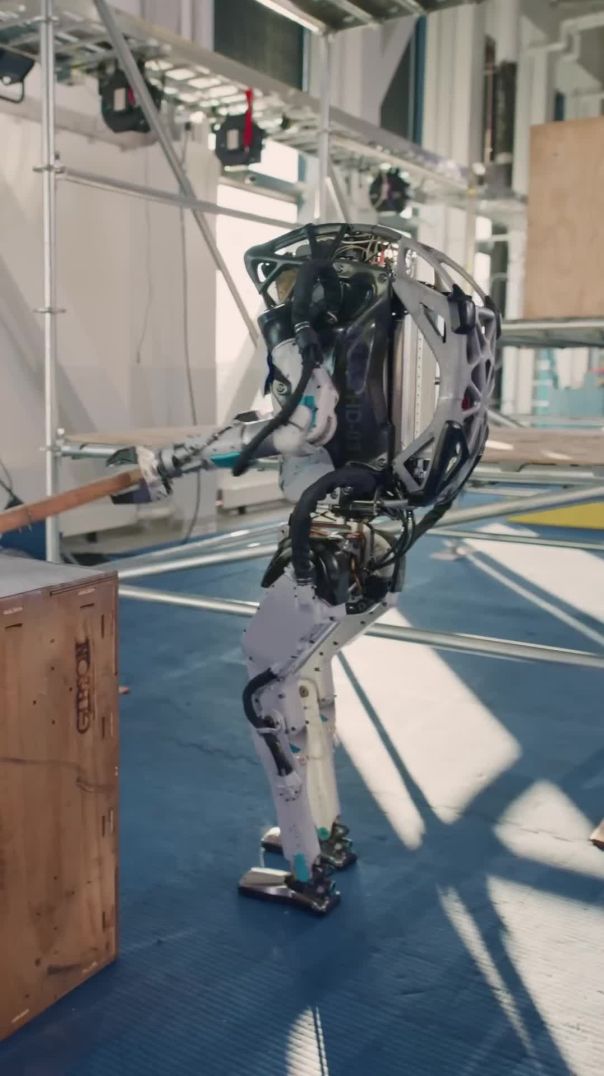




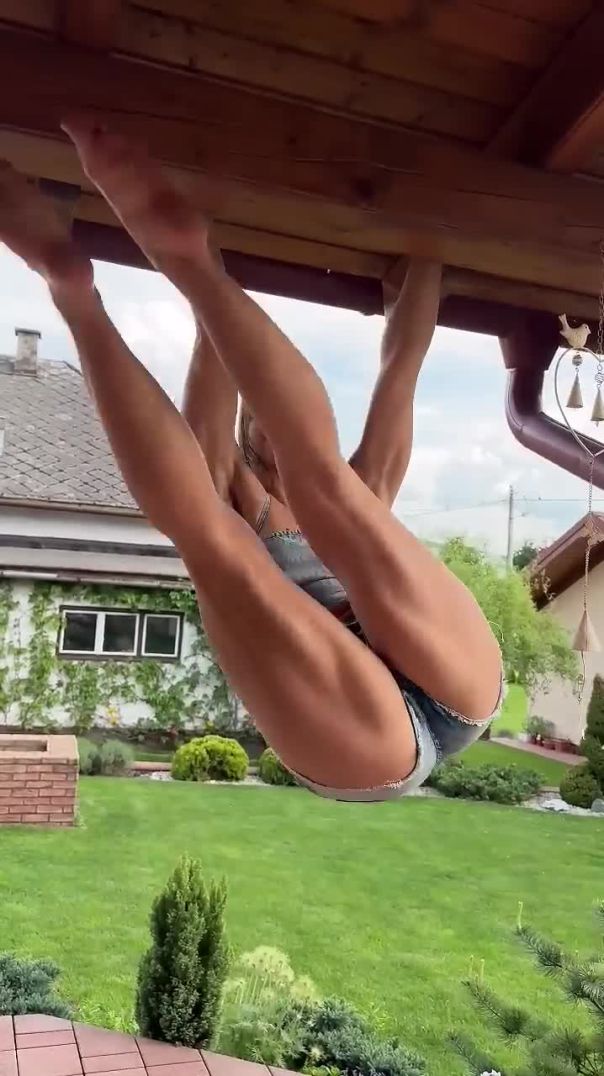


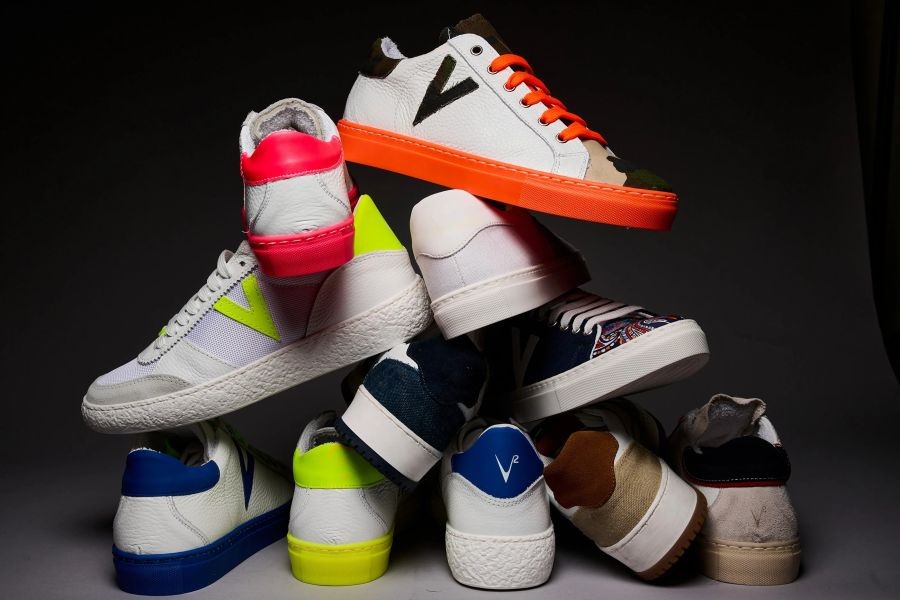













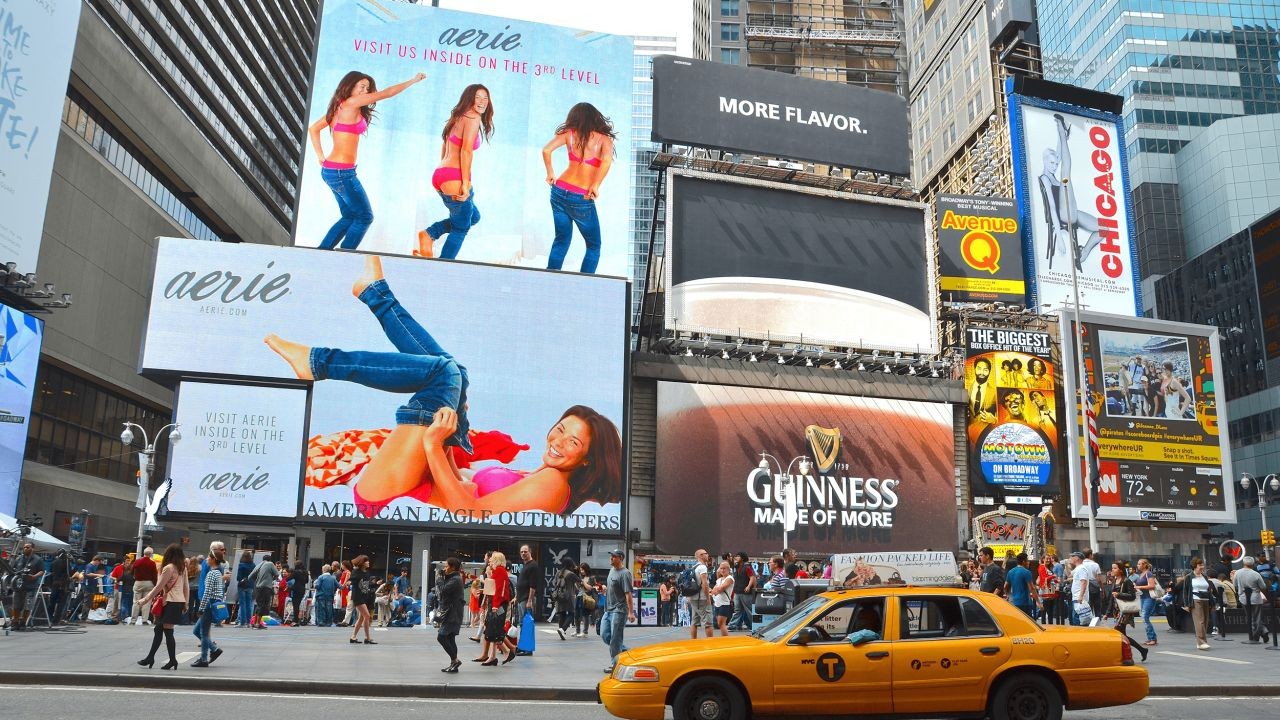





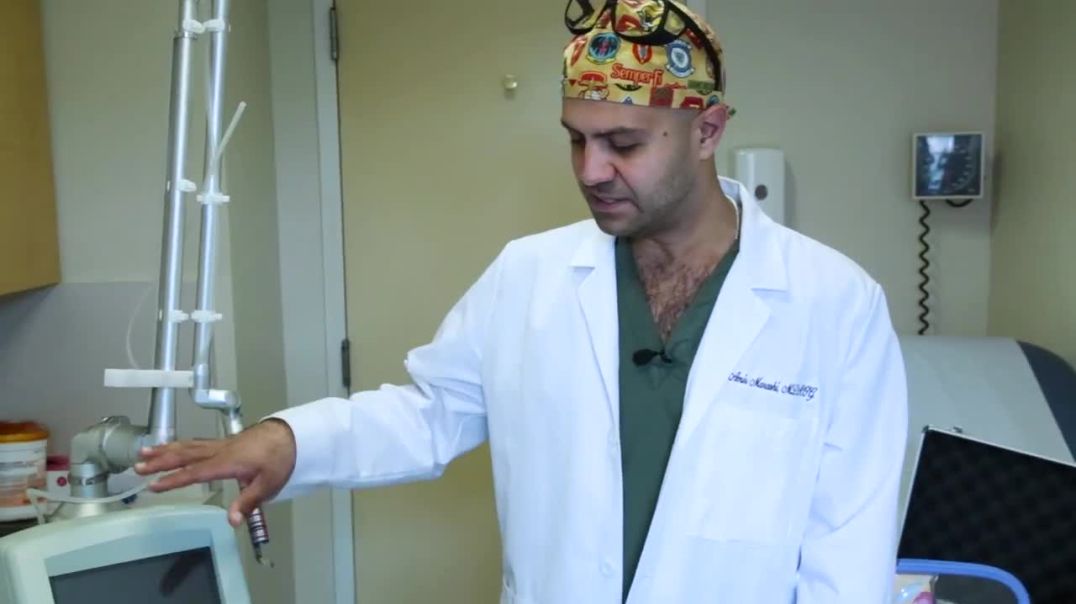


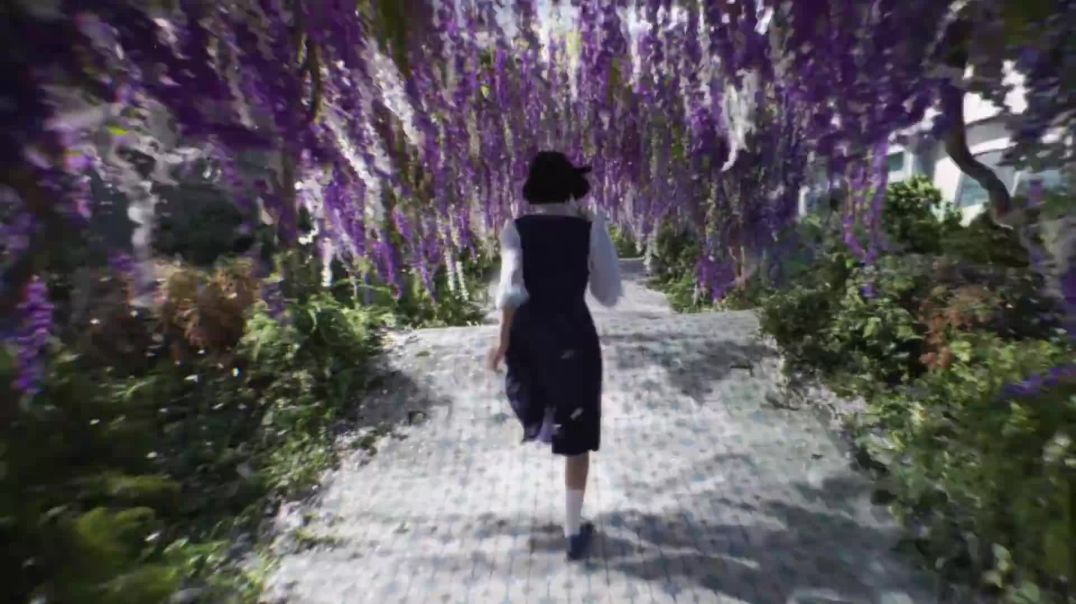
LanceSena2
2 months ago